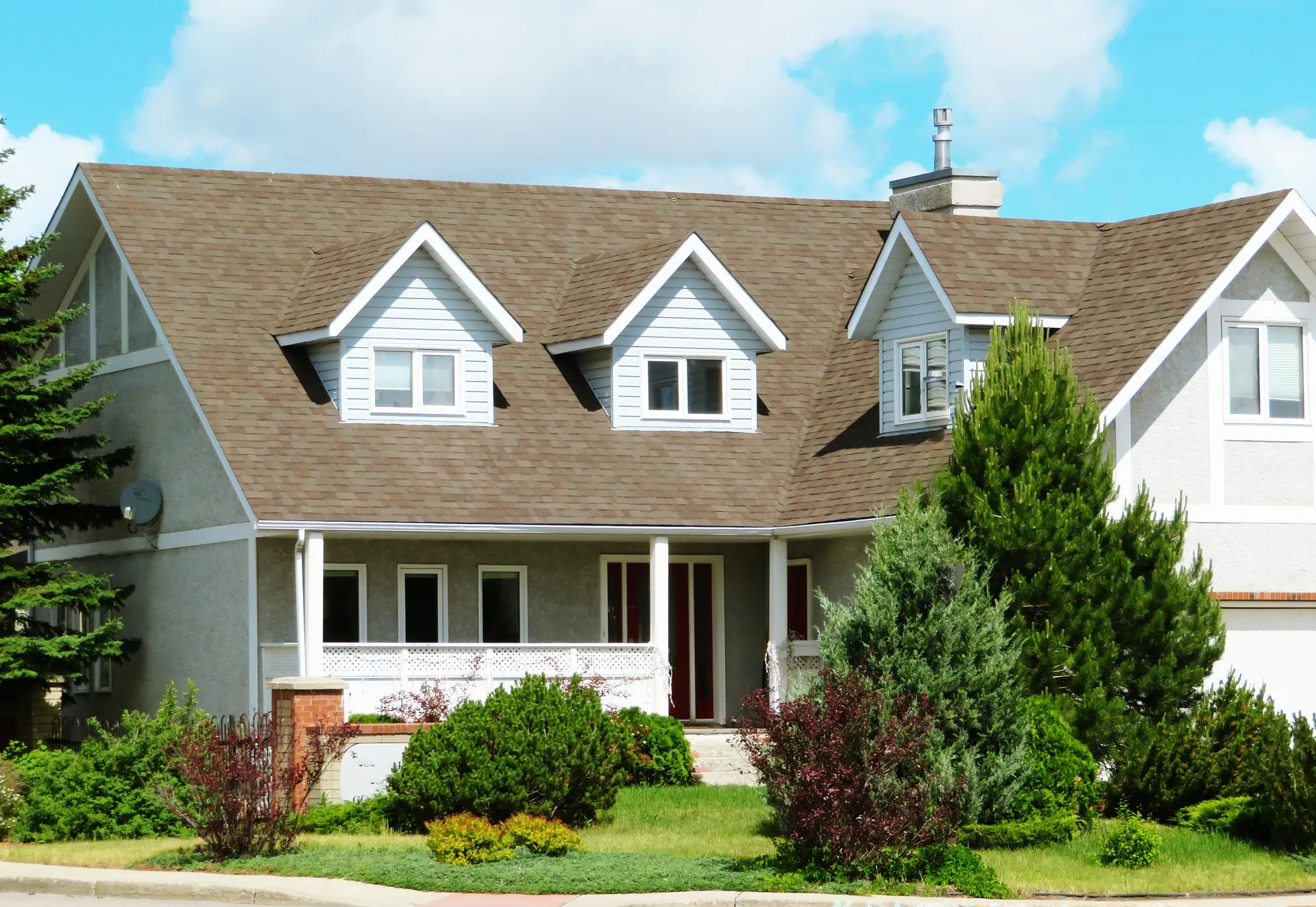Residential Insulation is vital when it comes to maintaining a comfortable and energy-efficient home. Proper insulation helps regulate indoor temperature and ensures your energy bills stay manageable. If you live in Rochester, MN, or surrounding areas, choosing the right type of insulation for your home can significantly affect comfort and cost savings. Here, we’ll explore the top five residential insulation solutions to help you achieve maximum comfort in your living space.
Whether building a new home or retrofitting an older one, understanding the best residential insulation types is essential for making an informed decision. This guide will walk you through the options available and their unique benefits for residential properties.
1. Closed-Cell Spray Foam Insulation: The Energy Efficiency Champion
Closed-cell spray foam insulation is one of the most popular and practical choices for residential properties. With its high R-value, this type of insulation provides an airtight seal that prevents unwanted heat exchange, moisture intrusion, and air leaks.
Benefits of Closed-Cell Spray Foam Insulation
- Exceptional Insulation Performance: Closed-cell spray foam has one of the highest R-values per inch among insulation types, providing outstanding thermal resistance. This helps keep your home warm in winter and cool in summer.
- Moisture Control: Its dense, waterproof nature helps prevent moisture infiltration, which can lead to mold and mildew problems. It’s especially ideal for areas prone to high humidity.
- Structural Integrity: Closed-cell foam adds rigidity and strength to the walls where it’s applied, giving your structure an extra layer of durability.
- Air Sealing: Its air-sealing capabilities help keep drafts at bay, reducing the strain on your HVAC system and ensuring that your indoor environment is consistently comfortable.
This type of residential insulation is particularly well-suited for exterior walls, attics, and crawl spaces. It provides a powerful combination of energy efficiency, air sealing, and moisture resistance, making it a great all-around choice for homes in Rochester, MN.
2. Blown-In Attic Insulation: Effective Coverage for the Hard-to-Reach Spaces
Blown-in attic insulation is a highly effective solution for insulating attics and other hard-to-reach areas. Composed of fiberglass or cellulose, this insulation is installed by blowing the material into place, allowing it to settle and fill gaps quickly.
Benefits of Blown-In Attic Insulation
- Comprehensive Coverage: Blown-in insulation quickly fills even the smallest nooks and crannies, providing thorough coverage that helps prevent energy loss.
- Improved Energy Efficiency: Properly insulating your attic can significantly reduce energy costs, as attics are a significant source of heat loss in homes.
- Non-Invasive Installation: Blown-in insulation can be installed without tearing down walls or ceilings, making it an excellent choice for retrofitting older homes.
Attics tend to be a common source of heat loss, so adding blown-in insulation can dramatically improve your home’s overall energy efficiency. This type of insulation is ideal for ensuring that your HVAC system does not have to work overtime, leading to better comfort and lower utility bills.
3. Fiberglass Batt Insulation: A Tried-and-True Solution
Fiberglass batt insulation is one of the most widely used forms of insulation for residential properties. Typically found in rolls, it’s easy to install and offers good thermal resistance when placed correctly between wall studs and ceiling joists.
Benefits of Fiberglass Batt Insulation
- Cost-Effective: Fiberglass batts are one of the most affordable residential insulation options, making them an excellent choice for homeowners on a budget.
- Fire Resistant: Fiberglass is naturally fire-resistant, adding extra safety to your home.
- Easy Installation: This insulation type is relatively easy to install and doesn’t require specialized equipment.
Fiberglass batts work best where precise measurements and a consistent fit are possible, such as in standard wall and ceiling cavities. While it may not have the air-sealing properties of spray foam, fiberglass batt insulation remains a solid choice for many residential applications.
4. Open-Cell Spray Foam: Flexible and Cost-Effective
While closed-cell spray foam provides a dense, high-R-value insulation layer, open-cell spray foam is a more flexible, lightweight, and cost-effective option. It’s an excellent choice for indoor applications and works particularly well for soundproofing.
Benefits of Open-Cell Spray Foam Insulation
- Sound Absorption: The open-cell structure is highly effective at absorbing sound, making it a good choice for walls, floors, and ceilings where noise control is a priority.
- Expansion Properties: Open-cell spray foam expands significantly upon application, allowing it to fill every gap and aperture, which is beneficial for preventing air leaks.
- Lower Cost: It’s generally more affordable than closed-cell spray foam, making it an excellent alternative for projects with budget constraints.
Open-cell spray foam is an excellent choice for interior walls, attics, and ceilings, particularly where soundproofing is needed. Its expansive properties mean it can fill gaps that traditional batt insulation might miss, improving energy efficiency and comfort.
5. Rigid Foam Board Insulation: Reliable Insulation with Moisture Resistance
Rigid foam board insulation is another excellent residential insulation solution. It comes in large panels, typically made of polystyrene, polyisocyanurate, or polyurethane, and can be used in various applications throughout the home.
Benefits of Rigid Foam Board Insulation
- High R-Value: Rigid foam boards offer a high R-value per inch, providing excellent thermal resistance and making it suitable for interior and exterior applications.
- Moisture Resistance: The materials used in rigid foam boards are inherently moisture resistant, helping prevent water-related damage.
- Versatility: Rigid foam board can be used on walls, floors, foundations, and even on the exterior of a home, making it one of the most versatile insulation options available.
A rigid foam board is handy in areas where moisture resistance is critical, such as basement walls or around the foundation. It also works well in combination with other forms of residential insulation to improve energy efficiency.
Choosing the Right Insulation for Your Home
Choosing the best insulation solution for your home can depend on various factors, including your budget, the specific areas that need insulation, and your overall energy efficiency goals. Evaluating your home’s particular needs is essential if you’re a homeowner in Rochester, MN looking for the proper insulation to maximize comfort.
For example, closed-cell spray foam is perfect for those seeking maximum energy efficiency and moisture resistance, while blown-in attic insulation is ideal for addressing heat loss in your attic. Fiberglass batts are cost-effective, while open-cell spray foam is great for soundproofing. A rigid foam board is versatile and provides excellent moisture protection, especially for foundational use.
Ready to Upgrade Your Insulation? Contact Foam Worx Insulation Today
If you’re ready to improve your home’s comfort and energy efficiency, Foam Worx Insulation can help. We offer a range of residential insulation solutions tailored to the specific needs of residential insulation , commercial insulation , and agricultural insulation properties in Rochester, MN and surrounding areas. Our experienced team can help you select the best type of insulation for your home, ensuring maximum comfort, energy savings, and durability benefits.
Whether you’re looking to insulate your attic, walls, or crawl spaces, we have the expertise to do the job right. Contact us today at (507) 407-6688, visit our website at https://foamworxinsulation.com/, or email us at [email protected] to schedule your consultation. Let us help you create a more comfortable and energy-efficient home today.
FREQUENTLY ASKED QUESTIONS
1. What are the benefits of closed-cell spray foam insulation?
Closed-cell spray foam offers high energy efficiency, moisture resistance, and strengthens walls.
2. Where should blown-in attic insulation be used?
It’s ideal for attics and hard-to-reach areas, providing comprehensive coverage that reduces energy loss.
3. Is fiberglass batt insulation cost-effective?
Fiberglass batt insulation is an affordable and widely used option for standard wall and ceiling cavities.
4. What is the advantage of rigid foam board insulation?
It has a high R-value and is moisture-resistant, making it versatile for various applications, including basements.





